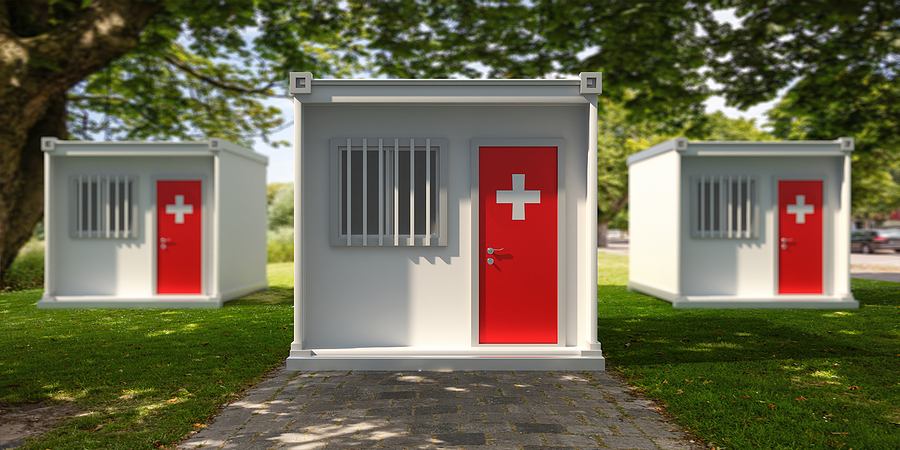As a construction material, the biggest advantage to shipping containers is their inherently modular, stackable nature, which means they can be easily modified and converted to suit any need or square-footage requirements.
However, far removed from the shipping container street food markets and the Seventh-Kilometre Market is the tiny-house movement, which has seen the huge opportunities that come from the inherent dimensions of just one shipping container.
What Is The Tiny House Movement?
Officially, the tiny house movement is the promotion, construction and occupation of houses that have a total floor space smaller than 400 square feet (37 square metres).
A standard 40-foot ISO shipping container is 320 square feet (29.73 square metres), making it perfectly suited as the foundation for standardised tiny houses, and is already starting to revolutionise the movement through its accessibility.
Initially inspired by the Henry David Thoreau book Walden from 1854, the modern international movement largely began in the 1970s as a reaction to growing average house sizes and a greater focus on ethical construction.
The idea of living in small homes is, of course, nothing new, with many traditional housing structures such as yurts, huts and igloos being very small by design and made with materials local to the area.
The difference with the tiny house movement is that it goes against the prevailing conventions that new housing needs to be larger, and as a result of this, the motives are often more ideological than simply living small.
The idea, similar in concept to the “van life” movement, makes people focus on the possessions and parts of their lives that matter most, with an emphasis on simple homes where everything in them has a particular purpose.
It creates a sense of mindfulness, a focus on conservation and self-sufficiency, as well as making every single part matter. Multi-functional furniture such as sofa beds and futons are common, and most pieces of furniture are space-saving by design to fit in a smaller space.
All of these elements are typically required in a shipping container home due to the relative narrowness of the space.
Whilst not every tiny house is off-grid by default, the small space and relatively minimal power requirements mean that they are often used for the purpose, particularly as solar power systems have become cheaper and more capable of meeting the complete needs of a house.
Whilst the movement gained popularity in small pockets in the 1970s, 1980s and 1990s, the biggest push of the movement came in 2007.
Before this, the main focus was environmental in nature, intersecting with other green homes and conceptual art.
The subprime mortgage crisis was caused in no small part due to the wrong types of houses being built in places people could not necessarily live in nor could afford. This led to a worldwide recession and a surge in popularity for the tiny house movement and container construction.
Part of this was due to the fact that tiny homes need less space and thus are seen as cheaper, as well as having far less of an environmental impact compared to houses that are slowly getting bigger in size.
Shipping containers have created a standard size to build around, and with container-appropriate fixtures, fittings and furniture increasingly available, it has had a big impact on a movement focused on small dwellings.

